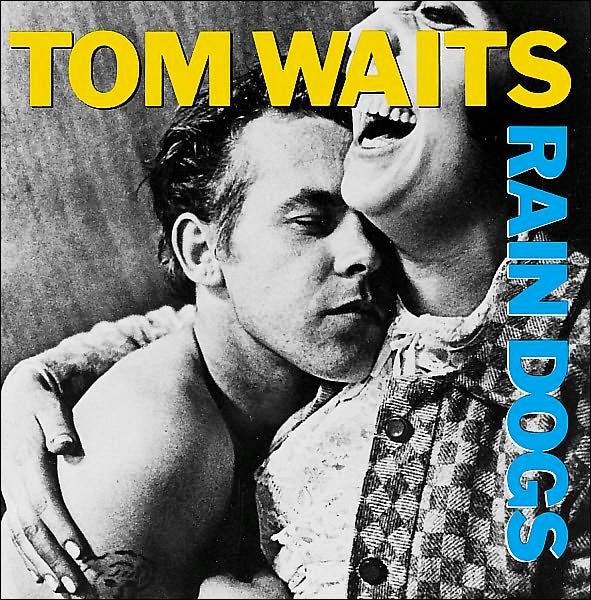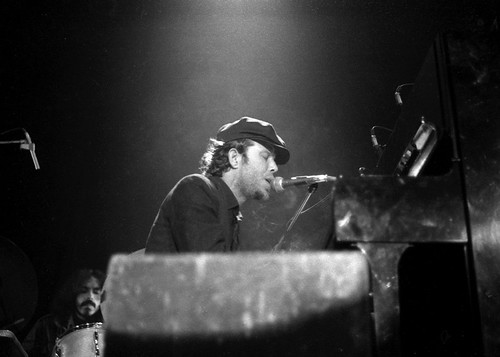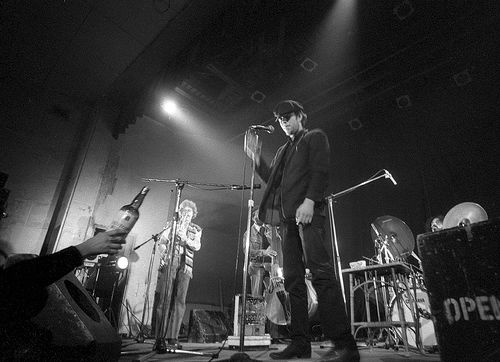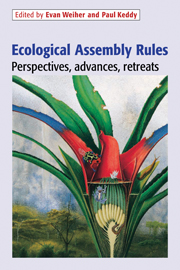Disclaimer: Obviously, I haven't read Harry Potter and the Deathly Hallows yet, so what follows are some predictions I'm making on what will happen. I correctly predicted the ending for book 6, so who knows, maybe my strategies and hunches will work again. That said, if you want a clean slate heading into your reading, avoid this post. But if you're curious and speculative like me, I'd love some feedback. Again, what follows are just predictions, reader discretion advised, so I'm not responsible for totally ruining your appreciation.I knew Dumbledore was going to die in Harry Potter and the Half-Blood Prince once I took a look at the prominent place he had on the book's cover. Off the top of my head, every other book in the series features Harry alone, and so Dumbledore's presence told me that his place was going to be prominent, and given the book's tone and place in the series, the only logical conclusion would be that he wouldn't make it to the end. And that turned out to be correct.
And I think that's key to unlocking these books: the cover. Mary GrandPre, the cover artist for the US edition of the books, gets an advance copy from Rowling, reads it, and creates the art based on what she sees fit. Clearly then, the cover of the books must hint at the book's major plot points and themes, you can see that in every book's cover. There's always Harry carrying a wand or a broomstick or whatever, but littered throughout the cover are also symbols representing the book's plot. It's always been a joy of mine to go back and re-examine the covers after finishing the books, and finally noticing all the things that the covers practically foretell. With all the hype surrounding the release of the 6th book a few years ago, I used that to figure out that Dumbledore would probably be killed. Rarely is the major revelation so clearly shown, usually only minor plot pathways are illustrated, but with a book as important as the final book in the series, the ending must be hinted at somewhere.
So that's why I think the cover is important. Without fail, they provide us with valuable clues to uncover the book's plot. Now, let's try that strategy with the cover of Harry Potter and the Deathly Hallows:
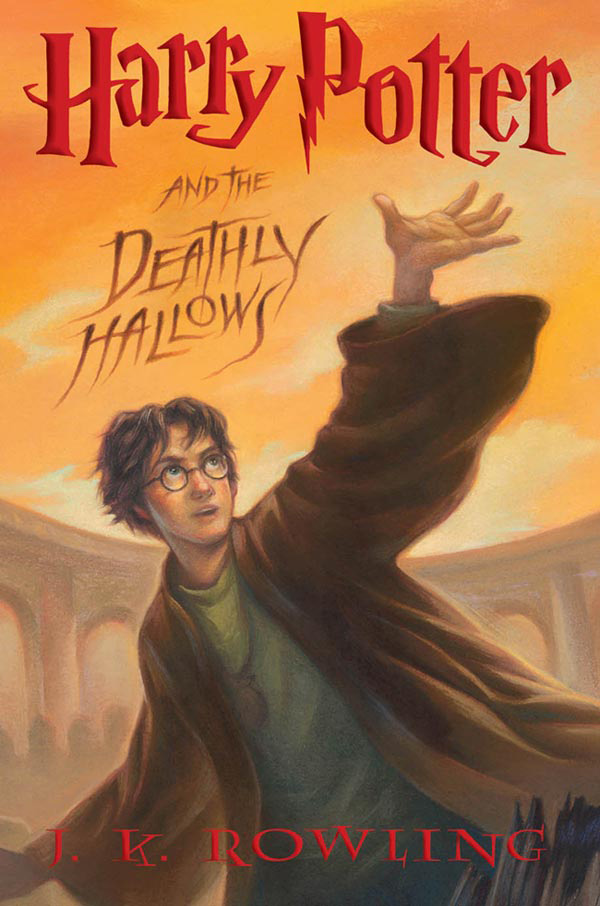
There isn't too much to be said about this. The front cover only shows Harry gesturing into space, presumably at an enemy, which is presumably Voldemort. The setting appears to be some sort of cemetary, just like in Goblet of Fire. So there's some sort of major battle, it seems. Obviously that's not a surprise, though I would've been amused if Harry had just accidentally fallen off a cliff during a Horcrux-finding mission or something, ending the book.
But I wanted to know what's on the back cover and the sleeves, in other words, the full artwork. The results absolutely stunned me:

Based on just the front cover, we thought Harry Potter was casting a spell at Voldemort, but what's this? Voldemort is found to his
left, the direction
opposite to which Harry has his attention focused. And moreover, this is the part that completely floored me, it actually looks like
they're facing the same thing! They're not battling at all!Let's take this in for a moment. The front cover matches our expectations, as Harry Potter engages in some sort of battle. But when we zoom out, and look at the entire artwork, we find that
Harry Potter and Voldemort aren't even fighting! In fact, it looks like they may even be cooperating and fighting a common enemy. This is not an accident. This is what the artist intended.
But how can this be? Some quick Wikipedia research to jog my memory uncovered exactly what I was looking for: a mysterious section near the end of book 4, after the Triwizard Tournament and Harry's witnessing of Voldemort's return. I quote from the text:
"He said my blood would make him stronger than if he'd used someone else's," Harry told Dumbledore. "He said the protection my mother left in me - he'd have it too..."
For a fleeting instant, Harry thought he saw a gleam of something like triumph in Dumbledore's eyes. But next second, Harry was sure he had imagined it, for when Dumbledore had returned to his seat behind the desk, he looked as old and weary as Harry had ever seen him.
Even at the time I first read it, this excerpt was extremely puzzling to me. Dumbledore expresses a flicker of triumph, only for Harry to become convinced that it was something illusory. Why? Perhaps more importantly, why would Rowling care to point this out? It's never referred to ever again.

But there is significant reason to believe that it plays a crucial part in what will happen in book 7, based on this
interview with Rowling, excerpted:
MA: Does the gleam of triumph still have yet to make an appearance? JKR: That's still enormously significant. And let's face it, I haven't told you that much is enormously significant, so you can let your imaginations run free there.
I think that's key. And I think it's connected with my interpretation of the book's cover, showing Harry Potter and Voldemort almost collaborating.
So here's my theory:

Dumbledore expresses throughout the series that Lily Potter's love is the reason that Harry survived Voldemort's curse, as Voldemort does not understand love. Dumbledore believes this to be his downfall, as he believes that love can conquer even the greatest magic. This is driven home even deeper in book 6 after his death as everyone is recuperating in the hospital.
In the quote then, we see that Voldemort essentially takes some of Harry's love to make him stronger. While Harry finds this to be a cause of concern, I think that Dumbledore sees it as an opening. Perhaps, he may think, Voldemort can now appreciate the power of love, and can
perhaps even be swayed by it.
And this is where I think the cover comes in. With a bit of hand-waving, here's my conclusion.
Harry and Voldemort are shown as allies. Because of Dumbledore's gleam of triumph, I believe that
Voldemort also comes to understand the power of love, joins forces with Harry on the side of good, and the series ends in peace.
Let me repeat that. Harry and Voldemort become allies. For the side of good.
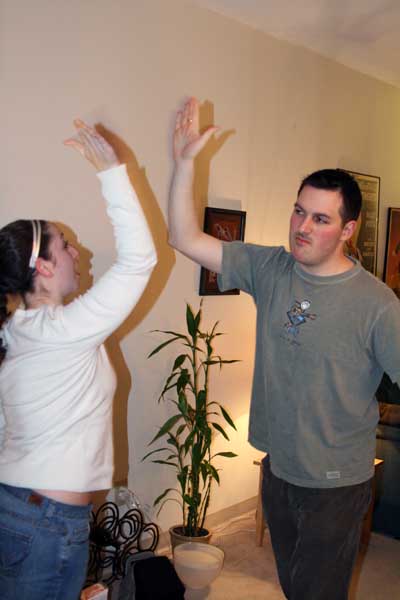
With that out of the way, there's a few minor things I want to note. First, notice that the cover has curtains on both sides, almost like stage curtains closing. Nice touch for the final book.
It's also worth noting that this cover reveals practically nothing about plot details, at least as far as I can tell. We have no clue about the fate of the horcruxes, the identity of R.A.B. (the consensus seems to be Regulus Black, which makes sense), or how Wormtail will repay his debt to Harry, if ever. And there's dozens of other plot lines that are still unresolved, but those are the ones I find most important to book 7. Besides, of course, the true allegiances of Snape, which I doubt anyone can predict, I have to give credit to Rowling for setting that up well.
And of course, my prediction could turn out to be completely wrong. It's still greatly possible that Voldemort kills everyone on the planet, and the book ends in darkness. I'd be really interested in seeing the popular and critical response to the series if something like that were to happen. For that reason, plus the marketing repercussions, I can't see it happening.
But there's two things to worry about with regards to my prediction. First is the prophecy, that only one of them can live while the other survives. I haven't looked at the wording closely, but perhaps there's a loophole? It wouldn't be the first time Rowling has used the trick. The other is the title, which must be equally as important as the cover. What is meant by the Deathly Hallows? I'm at a total loss. It sounds very dark, but that's about as far as I can get. It certainly doesn't match my prediction.
But none of this will matter in one week. The book will be out, we can look back at this post and laugh, and sort through the aftermath of the end of Harry Potter. I'm not ready to think about it yet, I need to reserve judgment until I read the book. Until then though, let me know what you think about my theory, and offer up your own.
Labels: books


